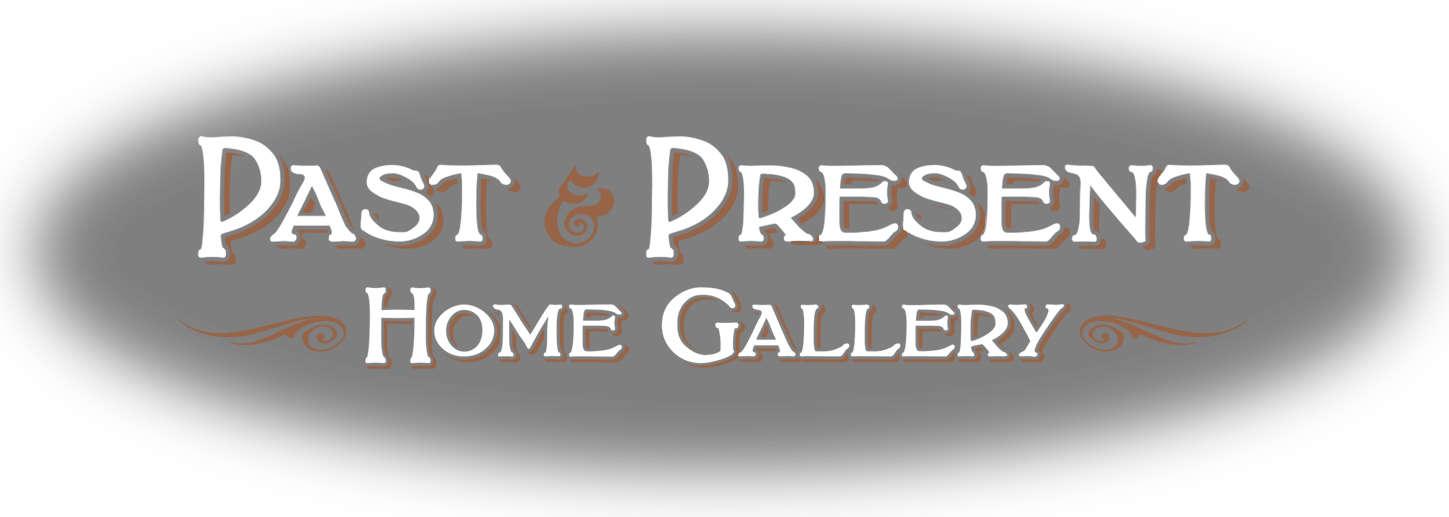At Past & Present Home Gallery, we often come across collections of items that have been brought together over years and years of diligent hunting and collecting and we love bringing those items into our store for the next generation of collectors. We’ve hosted beautiful selections of cruets and Flow Blue porcelain. We've also found themed collections from people who are passionate about roosters, or pigs, or even mid-Century radios. There is one collection that we always seem to add to though, and that is our ever-growing selection of cookie jars. One of the interesting things about cookie jars is that they all have individual stories and it got us thinking, how did the simple idea of a cookie jar come to be? What series of events came together to spark the idea of storing sweets inside decorated, porcelain jars? The story is fascinating:
The Sweetest of Stories: the Cookie Jar
Believe it or not, the idea of the cookie jar extends back all the way to 18th Century England where the shop keepers called them “Biscuit Barrels”. These first cookie jars were mostly shop fixtures that held baked goods in English and American stores. It wasn’t until the Great Depression that the cookie jar started coming into the home.
As the Great Depression changed American home life, families started to bake their own sweets more and more instead of buying them daily from a shop. These baked goodies needed to be kept fresh at home and thus the cookie jar started to make its mark as a staple in the American kitchen. These early domestic cookie jars were very similar to those found in the store and were glass jars with screw-on lids. Brush Pottery Company of Zanesville, Ohio is often credited with creating the first porcelain cookie jar and their idea created an opportunity that fueled pottery companies for more than thirty years.
From 1940 until the 1970’s the porcelain cookie jar was at its prime both as a utilitarian item and unique collectible. Companies found that jar shapes that depicted figures sold better than those of objects or plain shapes. Because of this, production runs had to change regularly as companies retired one shape so they could launch another. This also made most production runs of a certain shape quite small which led to an increase in collectability. Among the leaders of cookie jar production and sales were McCoy Potteries and American Bisque with Hull as an honorable mention with the “Little Red Riding Hood” being one of today’s most famous cookie jar shapes.
Today, cookie jars are still a nostalgic reminder of a way of life from long ago and are still collected by some individuals. And most cookie jars come with their own, unique stories. Come in to Past & Present to browse our selection of vintage cookie jars and possibly add to your own collection. While you’re here, check out all of the new items in the Diva Den, too.
Can’t wait to see you at Past & Present Home Gallery, the antique store with character!















